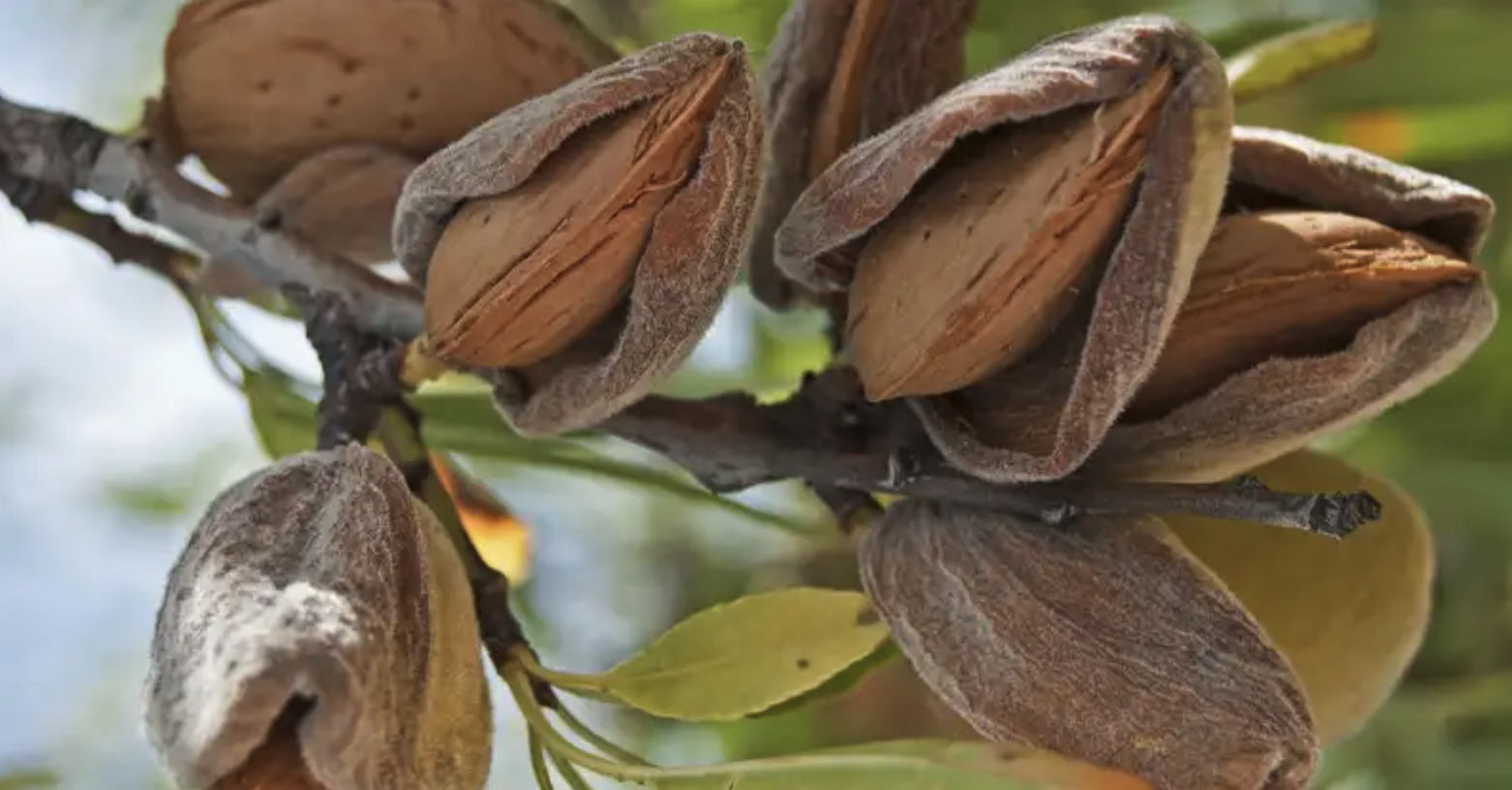Growing Almond Trees from Seeds at Home

Growing an almond tree from seeds at home can be a rewarding and enjoyable experience. However, it’s important to note that almond trees grown from seeds may not produce the same quality of almonds as commercially grown trees. Still, it’s a great way to learn about plant propagation and have a unique tree in your garden. Here’s a detailed guide on how to grow an almond tree from seeds:
Materials You’ll Need:
- Almond seeds (obtained from store-bought almonds)
- A paper towel
- A resealable plastic bag or airtight container
- A small pot or container with drainage holes
- Well-draining potting mix
- A larger permanent planting location with well-draining soil and good sunlight
- Fertilizer (balanced, slow-release or organic)
Step-by-Step Guide:
1. Obtain Almond Seeds:
- Start by purchasing raw almonds from a store. You can also use almonds from your own kitchen, but make sure they haven’t been roasted or salted.
2. Seed Extraction:
- Remove the almond kernels from their shells. You can do this by cracking the shell carefully and extracting the almond inside.
3. Seed Selection:
- Choose the plumpest and healthiest-looking almonds for planting. Seeds that are damaged or discolored are less likely to germinate successfully.
4. Seed Soaking:
- Place the selected almond seeds in a bowl of warm water and soak them for 12-24 hours. This softens the seed coat and helps with germination.
5. Germination in a Towel:
- Take a damp paper towel and spread it flat on a clean surface.
- Place the soaked almond seeds on the towel and fold it over to cover them.
- Put the towel with the seeds in a resealable plastic bag or airtight container to create a mini-greenhouse effect.
- Store the bag/container in a warm, dark place for about 5-7 days. Check daily for signs of germination.
6. Monitor Germination:
- After a few days, you should see the seeds start to sprout. Once the roots are about 1-2 inches long and there’s a small shoot, they are ready for planting.
7. Planting in a Pot:
- Fill a small pot or container with well-draining potting mix.
- Create a hole in the center of the soil that’s deep enough to accommodate the seedling without bending the taproot.
- Gently place the sprouted almond seedling in the hole, ensuring the shoot is above the soil.
- Water the soil thoroughly but avoid overwatering, as almond trees are susceptible to root rot.
8. Provide Optimal Conditions:
- Place the pot in a location with plenty of sunlight. Almond trees require full sun to grow well.
- Keep the soil consistently moist but not waterlogged. Allow the top inch of soil to dry out between watering.
- Maintain a temperature between 60°F to 75°F (15°C to 24°C) for optimal growth.
9. Transplant to a Permanent Location:
- Once your almond tree has grown to a manageable size (around 12-18 inches tall), it’s ready to be transplanted to a permanent location outdoors.
- Choose a spot with well-draining soil and good sunlight. Space almond trees at least 20 feet apart, as they can grow quite large.
10. Fertilize and Prune:
- Fertilize your almond tree with a balanced fertilizer in the spring.
- Prune your almond tree in the winter to shape it and remove dead or diseased branches.
11. Patience and Care:
- Almond trees take several years to start producing almonds. Be patient and continue to care for your tree with regular watering, fertilization, and pruning.
Growing an almond tree from seed can be a fun and educational project. Keep in mind that it may take several years before your tree produces almonds, and the quality of almonds may not be the same as those from commercial orchards. Nevertheless, you’ll have a unique tree in your garden that can be enjoyed for its beauty and the satisfaction of having grown it from a seed.
Do you like this? Share inspiration with your friends!
Source: https://og-oasis.com
DISCLAIMER: THIS WEBSITE DOES NOT PROVIDE MEDICAL ADVICE The information, including but not limited to, text, graphics, images and other material contained on this website are for informational purposes only. The purpose of this website is to promote broad consumer understanding and knowledge of various health topics. It is not intended to be a substitute for professional medical advice, diagnosis or treatment. Always seek the advice of your physician or other qualified health care provider with any questions you may have regarding a medical condition or treatment and before undertaking a new health care regimen, and never disregard professional medical advice or delay in seeking it because of something you have read on this website.
